Window blinds may seem rather basic, but prices on today’s market are quite eye-opening. Let’s examine the actual reasons for their expense, and how to get the best value, even with fancy features.
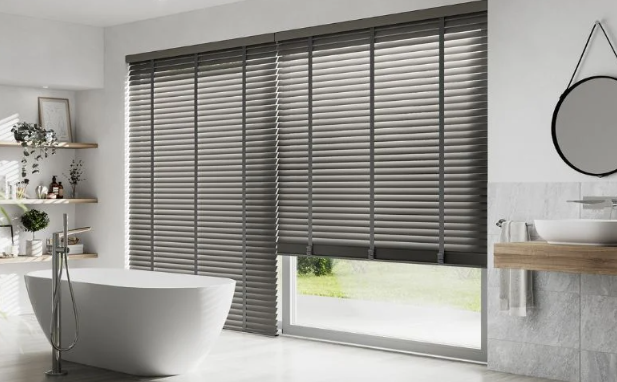
1. Custom Fit & Tailored Design
Most off-the-shelf blinds don't cover perfectly, so light seeps in and efficiency falls. The best custom blinds are produced to your precise orders for sizes in styles such as roman, roller, zebra, or venetian blinds. This requires meticulous cutting, special sewing, and quality control — a relatively labor- and material-intensive process. That workmanship is borne of value and comes with its cost.
2. Premium Materials & Quality
High-quality blinds often use:
Natural or faux wood (composite/PVC) slats
Specialty blackout or thermal fabrics
UV resistant weaves and energy saving cellular designs
They're also stronger, more resistant to UV damage and include insulation, meaning they're better than basic vinyl or aluminum.
3. Smart Features & Automation
Automated or 'smart' blinds (Somfy, Dooya) are used to control, or to completely close, blinds at the touch of the button. It’s the convenience and safety — especially as a cordless, kid-resistant operation — that adds greatly to the price.
4. Installation & Professional Labor
The measuring, leveling, mounting and programming of motorized blinds are tasks that usually require a professional. In North America and similar regions, the cost for professional installation can range from $100 to $300 per window based on complexity and motorization.
5. Energy Efficiency & Insulation
Cellular honeycomb blinds are also energy efficient since they trap air and regulate temperature. Roman or blackout-lined shades also minimize heat gain/loss. These energy-saving features not only enhance comfort, they also shrink energy bills, providing you with a long-term return on your investment despite higher initial costs.
6. Aesthetic & Brand Value
Blinds are certainly stylish and architecturally enhancing to your interior. Premium brands can justify value via design, finish and service, ranging from in-home consultations to warranties. The showroom, the showroom staff and the company branding are all part of the cost.
7. Durability & Longevity
High-quality blinds will last 8–12 years or longer. Although budget blinds might go on to fail, warp or fade or have pieces break, premium options typically are crafted better and offer better warranties, leading to long-term value.
Affordable Window Blind Alternatives
And when the cost of fine blinds is too high here are real, inexpensive alternatives that looks good, work well, while saving hundreds.
✅ 1. Stock Roller Shades – $15+ per window
Fabric: Polyester or vinyl blackout fabric
Where to use: Bedroom, kitchen, apartment
Why it’s cheap: It’s simple and mass-produced, and the parts are all common ones.
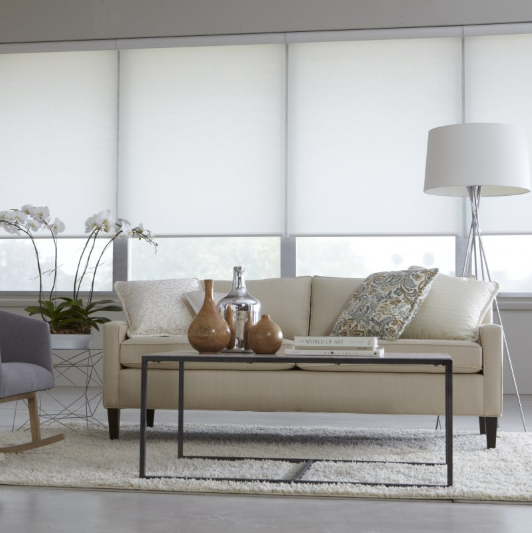
Tip: Order factory-direct (e.g. from us) in bulk and you can score prices as low as sub- $15/unit.
✅ 2. Faux Wood Blinds – starting at $25 a window
Material: PVC or composite wood
Pros: Waterproof, looks like real wood, fairly scratch-resistant
Application: Bathrooms, rentals, damp climate
Compare: Real wood costs 2–3× more

Buy Tip: Go with a cordless or wand-lift for added safety with little price variation.
✅ 3. Zebra Blinds (Dual-Layer Roller) – $30–$50 per window
Material: Day-night dual fabric
Looks: Modern, layered design
Why you’ll like it: It provides adjustable light control, like a blind, and offers a soft look, like a shade
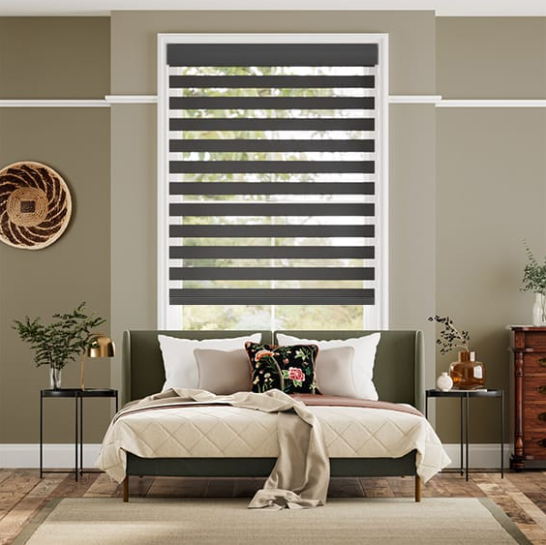
Budget Saver: Shun motorization for savings of $60–$100 per window
✅ 4. Paper Blinds – $5 a window (short term solution)
Material: Paper accordion-style
Application: Moving homes, short-term rental
Downside: Not durable, not really insulative
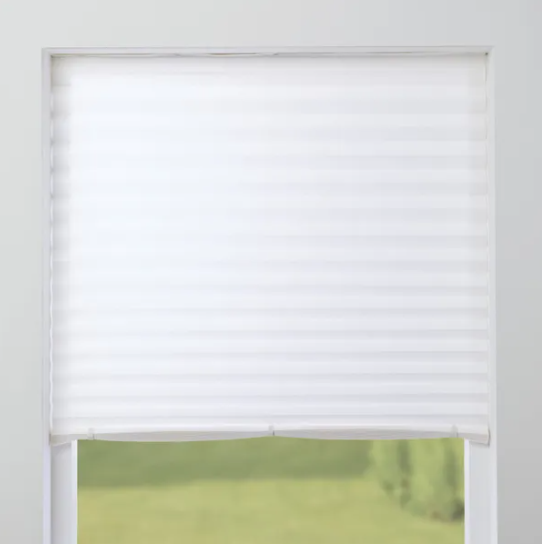
Pro tip: Fab for staging houses for sale; or short-term use
✅ 5. Off-the-Shelf Blinds at Home Stores – $10-35
Where to get it:Windowscover.com, IKEA, Home Depot, Walmart, Amazon
Trick: Trim-to-fit products generally allow you to trim width at home
Downside: Limited styles and sizing
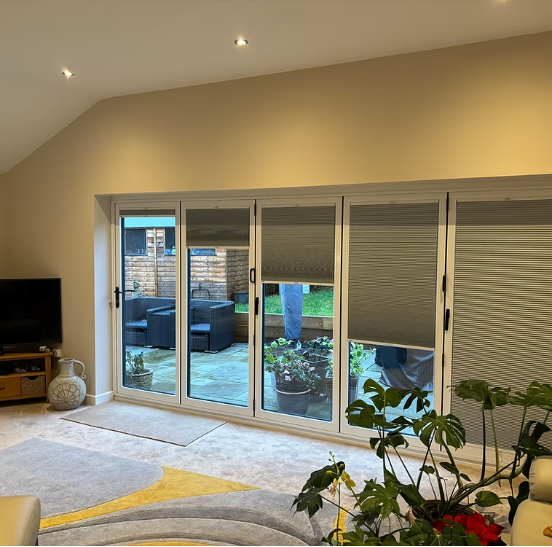
Pro tip: Avoid custom fees by selecting “standard” size windows when doing renovations
Example Comparison Table – Custom vs Budget Option
| Style | Custom Retail Price | Our Factory Price | Budget Alternative |
| Motorized Roller | $180–$300 | $60–$90 | Manual: $15–$30 |
| Real Wood Blinds | $120–$200 | $50–$70 | Faux Wood: $25–$40 |
| Zebra Blinds | $100–$150 | $35–$60 | Manual Zebra: $30–$45 |
| Cellular Blinds | $130–$200 | $50–$80 | Single Cell: $35–$50 |
Pro tip: We offer custom branding, bulk discounts and free fabric samples prior to purchase.
Frequently Asked Questions (FAQ)
Q: Are more expensive blinds actually worth the money?
A: Yes, if you want them to go long and strong. Premium blinds tend to outlast cheaper models by 2-3 times, in addition to having better insulation, and smoother operationBlinds. If you care about esthetics, want to save energy, or have children, premium options also make economic sense.
Q: What are the least expensive type of blinds?
A: That honor would go to faux wood blinds, basic roller shades and (not surprisingly) pre-cut vinyl models. With custom styles, zebra blinds and manual roller shades are a good blend of cost, feature and look.
Q: Why are motorized blinds far more expensive?
A: Motorized blinds have motors, remotes, smart sensors and generally involve a more complicated process to set up. Brands like Somfy, Dooya, and Aqara cost $150–$300 more than their manual counterparts — but they offer conveniences, safety considerations, and smart home integration.
Q: Can I save money by measuring and installing window blinds myself?
A: Yes. Lots of DIY-friendly blinds are packaged with step-by-step instructions and mounting apparatuses. Inside-mount roller shades and faux-wood blinds are typically the easiest. For motorized and larger panel systems, you may need professional assistance.
Q: Why are blinds from China or Asia cheaper?
A: Because we are factory-direct—no middlemen, no retail markup. Blinds are made for big global brands in China with identical motors, fabrics and parts. You are paying only for the product and its shipping, not the brand label or the showroom overhead for that label.
Q: What’s the expected lifespan for blinds?
A: Budget blinds: 3–5 years
Faux wood or fabric, mid-range: 5-8 years
A high-quality custom or motorized (8-12+ years)
Proper maintenance coupled with an occasional gentle use can lengthen the life of these pretty babies to a great extent.
Q: What is the difference between shades and blinds?
A: Window Blinds: Slats (horizontal or vertical in varying sizes), adjustable to regulate light (Venetian, faux wood, aluminum).
Window Shades: One continuous fabric piece that is rolled (ex: roller, roman, cellular).
Blinds provide tighter light control, while shades give your room a softer, more continuous look.
Q: Can I do custom made blinds from Chinese suppliers?
A: Absolutely. Our custom services: all the size, fabric, opacity, color, and operation mode are possible for us(include: remote and wall switch).

 English
English





















